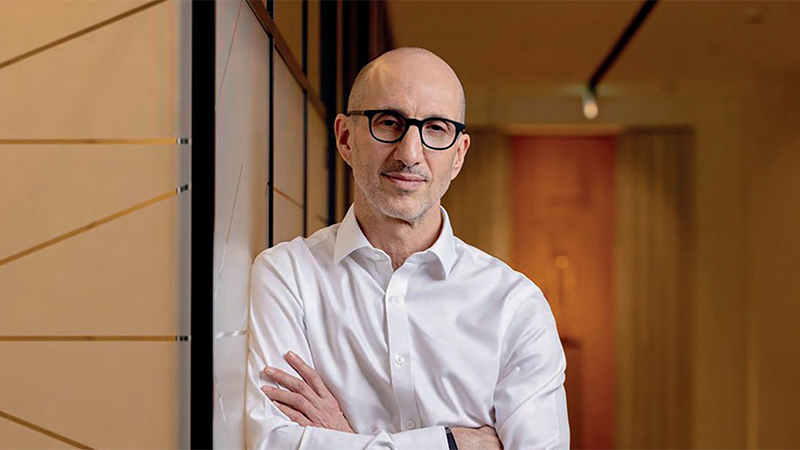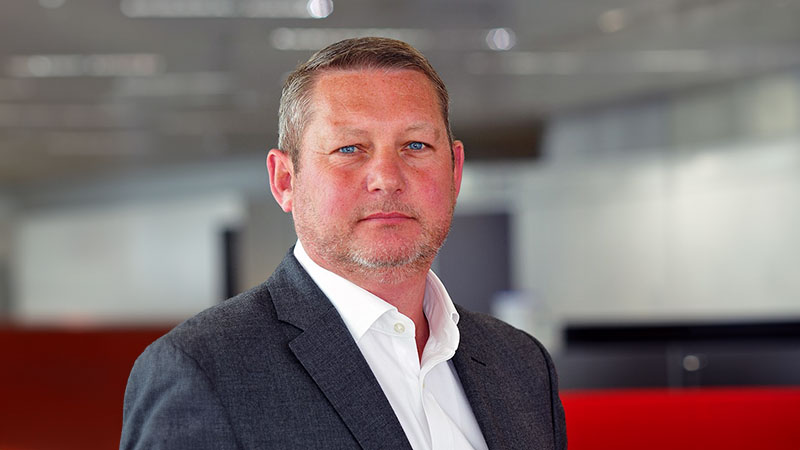While many UK wealth managers talk up investment opportunities in Asia, few have spent meaningful time on the ground there. But for James Spence, his “tour of duty” in Hong Kong, Jakarta and then Singapore served as a “long apprenticeship” to his current career.
Now managing partner at London-based Cerno Capital Partners, which he co-founded with Nicholas Hornby, a veteran of Cazenove and CLSA, Spence trained as a chartered accountant in the 1980s, before spending 15 years as an analyst at a string of brokerages with offices across the Far East.
“I was fortunate enough to do different jobs: stock analyst, country head of research and strategist. I circulated through the matrix of agency broking and saw a lot of action,” he says.
“It was fascinating because capital was moving to Asia. Many of the firms deploying capital needed ‘sherpas’ to help them up that mountain. My colleagues and I offered access, information and judgement.
“We were introducing clients to companies, marshalling visits, supplying research and helping them with their trades. We got to see asset management from the inside out, the good and the bad,” he says.
Flex appeal
Alongside its bespoke private client proposition, Cerno is an asset manager offering its own range of funds: the Ucits vehicle, TM Cerno Select; an offshore sister fund, EF Unconstrained; and EF Pacific & Emerging, which invests in emerging Asia and Japan.
Why unitise the strategies? Spence says the best way to stand behind a track record is to have third-party administration.
“We wanted something that would be efficient in terms of being able to accept subscriptions, large and small. The smallest investment in our funds is £2,000 and the largest is £5m. That is how we wanted to connect to the marketplace.”
Spence stresses that since setting up Cerno in 2008, it has always specialised in global multi-asset investing. “We wanted the ability to flex exposures in different asset classes based on where we are in the cycle,” he says.
“But we want to be geographically flexible, investing anywhere in the world, providing the liquidity profile is adequate. A third dimension is flexibility in terms of the instruments used.
“We invest directly into securities, stocks, bonds and exchange-traded funds, and we allocate capital to specialist managers. We have a good programme and set of protocols to identify managers who have talent.”
Local knowledge
Cerno’s approved fund list includes household names alongside smaller, less well known companies. The focus is on managers who have some control over their environment, for example those that can influence capacity or size.
Despite Spence and Hornby’s on the ground experiences, Asia is one particular space where active managers are best utilised. This includes Hanjo Fund, a small-cap specialist Japan investor, and the Ocean Dial Gateway to India Fund.
“We have long liked India, we have just been trying to find the right way to have the exposure,” says Spence of the latter. “It is often an emotional market and volatile by virtue of the intersection of the current account deficit versus the inflation rate.
“It is the kind of place where you want to take a five to 10-year view, embed in the market and not be too swung by what happens in any given year.
“It would not make sense for us to be buying individual companies in India; it is a great example of a market where you want local knowledge.”
One example of Spence’s approach is in Brazil where, up until this year, the opportunity was accessed via the currency and rate structure. “Brazil had a classic crisis with a currency devaluation, a bond rating downgrade and political disruption all at once,” says Spence.
“After the bonds were downgraded, the currency moved so far that looking on from the outside you were thinking ‘where is the sensitivity here?’ This is deeply interesting because we are now working in a world where we have been de-cycled, with the big central banks de-fanging the cycle because in the modern age we cannot cope with the downcycles.
“Here was a large economy that was having a mother of all downcycles and really stood out against the rest of the world. We took a one-year forward on the currency, where we were picking up interest rate differential and the currency.”
Myth makers
Expanding on this macro perspective, Spence says central banks are increasingly “in the game of making their own myths”, while the unintended secondary consequences of zero interest rates and quantitative easing are “creeping towards us”.










